Text
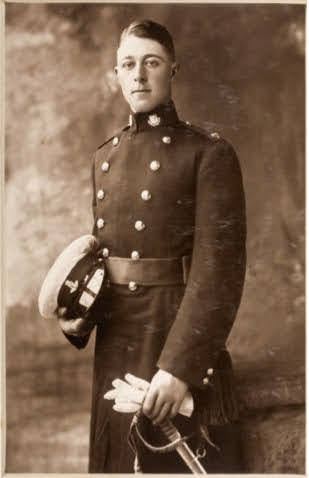
12th April 1915 - Lieutenant Alexander Newton-King was fatally wounded near Ploegsteert and died that evening about 5 pm. Newton-King was the son of Major and Mrs. Newton-King, Westward Ho, Devon. He had been commissioned in the Royal Irish Regiment in January 1914, served with the 2nd Battalion at Mons and survived the retreat unscathed before being wounded at the Aisne on 12th September 1914. He must have recovered at home as the Regimental History records him rejoining the battalion in January 1915.
#18thfoot #royalirishregiment #greatwar #worldwar1 #ww1 #westernfront
0 notes
Text

11th April 1917 - Martin Michael Arthur Lillis was born in 1890 to Thomas Barry Lillis and Annie Goggin. He studied at Trinity College Dublin before being admitted as a student to King’s Inns in 1911. During Trinity term 1914 he was called to the Bar and practised on the Munster circuit for a short time. On the outbreak of war he attended Sandhurst military academy and enlisted in September 1915 in the Royal Irish Regiment. He was later attached to the Royal Flying Corps, 3rd Squadron, in February 1916. On the 11th April 1917, Lillis was killed in action engaged in air combat with German ace flyers at the Battle of Arras, near Lagnicourt, Northern France.
Photo credit; https://www.lawlibrary.ie/about/history/world-war-1-centenary/
0 notes
Text

6th April 1917 - Western Front. Captain John Edward Day, Royal Irish Regiment, died of wounds received in action. Captain Day, who was the son of the late Dean Day, of Waterford, was 22 years of age, and was educated at Marlborough College and Trinity College, Dublin. He was gazetted Second Lieutenant in August, 1914, and Captain in April, 1916. On April 8th, 1916, Day had been severely wounded. He was fatally wounded on a Trench Raid on 5th April 1917 near Butterfly Farm. His eldest brother was killed in action in East Africa in November, 1914.
#18thfoot #royalirishregiment #greatwar #worldwar1 #ww1 #westernfront
https://ourheroes.southdublin.ie/Serviceman/Show/17056
1 note
·
View note
Text


Frederick Maurice Wookey was born in Dublin on 1st July 1887, the son of Frederick and Fanny Wookey. He trained as an engineer in the Royal College of Science in Dublin and then took over as manager of the family business in Dublin. In 1914 he joined the Royal Engineers on the outbreak of war and served in France as a Sapper before applying for a commission. He was gazetted in the Royal Irish Regiment in February 1915. Wookey was fatally wounded in an attack on the barrier across the street in St. Eloi on 15th March and died in No 2 Casualty Clearing Station in Bailleul.
The Wookey family had little luck in the Great War. Wookey’s mother, Fanny, died in the sinking of the RMS Leinster in the Irish Sea in October 1918.
https://www.iwm.org.uk/collections/item/object/205391112
1 note
·
View note
Text
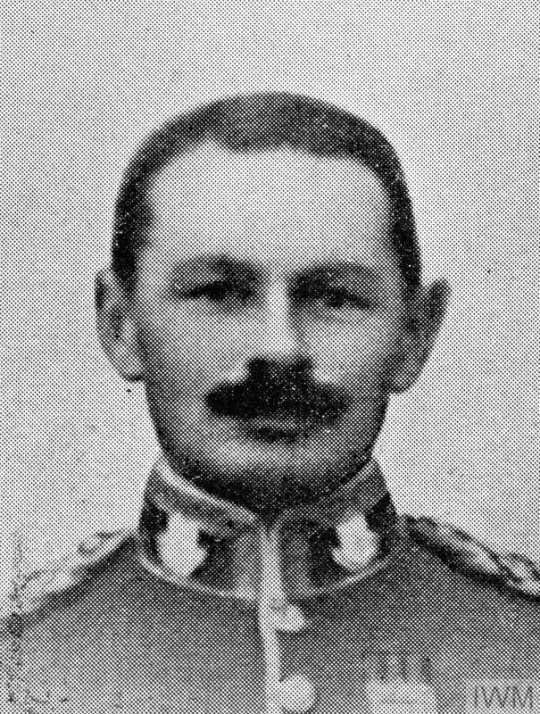


Some of the officers of 1st Battalion, Royal Irish Regiment, killed at St. Eloi on 15th March 1915. Top. Major Frederick Sutherland Lillie was born on 5th April 1872 in Malvern Link, Worcestershire. He was educated in Winchester and Cambridge before being commissioned a Second Lieutenant in the Royal Irish Regiment in September 1893. He was promoted Lieutenant in June 1896, saw service on the North West Frontier in 1897- 98 and was promoted Captain in July 1900. He was Adjutant of one of the Militia battalions from 1907 to 1911 and then promoted Major in 1913. Major Lillie was killed in action on 15th March 1915 when he and his men came under MG fire at St. Eloi, Belgium.
Photo Credit; https://www.iwm.org.uk/collections/item/object/205384577 Centre. Second Lieutenant Royston Ford was born on 23rd January 1895 in Cartgena, Colombia. Educated at Magdalen School, Brackley, he joined the Artists Rifles in 1912 and was commissioned at the outbreak of the war. Lieutenant Ford was killed leading his platoon at St. Eloi on 15th March 1915. Photo Credit; https://www.iwm.org.uk/collections/item/object/205294911. Bottom. Brendan Joseph Fottrell. Second Lieutenant 3rd battalion The Royal Irish Regiment. He died on the 15th of March 1915 aged 29. He was the son of John George and Lily Fottrell, of Richelieu, Sydney Parade, Co. Dublin and husband of Antoinette Fottrell.
#18thfoot #royalirishregiment #ww1 #greatwar #steloi #belgium
0 notes
Text
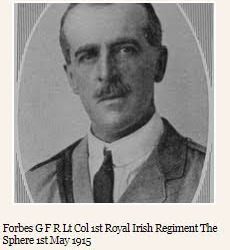
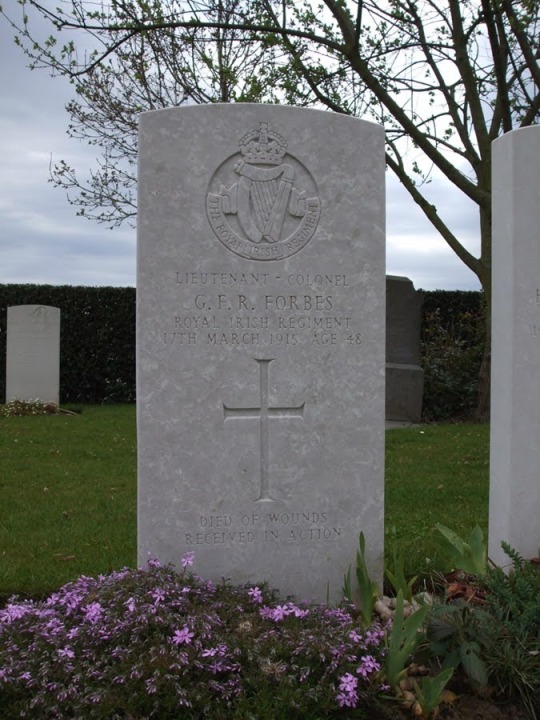
17th March 1915 - Western Front. George Francis Reginald Forbes was a grandson of the 6th Earl of Granard of Castle Forbes, Co. Longford, and was a descendant of the first Colonel of the Regiment. He was born in the Curragh, Co. Kildare on 6th September 1866, the son of Colonel the Honourable William Francis Forbes D.L. and Phyllis Rowe.
Forbes was gazetted 2nd Lieutenant in the Royal Irish Regiment from the Militia on 6th July 1889. He was promoted Lieutenant, 25th March 1891; Captain, 30th January 1895; Major, 7th September 1904 and Lieutenant Colonel, commanding 1st Battalion Royal Irish Regiment on 12th March 1912.
Forbes served through the Tirah Campaign, 1897-8, including operations on the Samana, and received the India General Service Medal. He was adjutant of the Bombay-Baroda Railway Volunteers, 17th May, 1899 to 16th May 1904, and Staff Captain, No 12 (South Down) District 1st June 1905 to 31st May 1909.
George Forbes married Agnes Margaret Crum on 4th August 1904 at Windsor. The couple lived at Fyefield Manor, Abingdon, Berkshire, and had a son Walter Arthur Hastings Forbes, born 18th December 1905.
Forbes was wounded at St. Eloi on 15th March and died two days later in the Casualty Clearing Station in Bailleul.
Information and headstone photo
http://www.longfordatwar.ie/soldiers/157
#18thfoot #royalirishregiment #greatwar #worldwar1 #ww1 #westernfront #steloi
0 notes
Text

9th March 1882
Charles Burke was born in Armagh. His military service began in the Boer War as a Lieutenant in the 3rd (Militia) Bn, Royal Dublin Fusiliers. In 1902 he received a regular commission in the Royal Irish Regiment and, after serving with the West African Field Force, he was promoted Captain in 1909. In 1910 Burke went to France and learned to fly. In 1911 he was attached to the Balloon School at Aldershot where he also worked on the military uses of aircraft. Burke was an early proponent of air power and he wrote articles on the new military arm in service journals. In 1912, Burke was promoted Major and given command of No 2 Squadron of the Flying Corps. He served in France in 1914 in command of No 2 Wing, comprised of Nos 5 and 6 Squadrons before going to Canada in 1915 in charge of training pilots. In 1916 Major Burke was recalled to the Royal Irish due to a shortage of infantry officers. Lieutenant Colonel Charles Burke DSO was killed in action in command of 1st Bn, East Lancashire Regiment on 9th April 1917 and is buried at the Point-du-Jour Military Cemetery, Athies.
#18thfoot #royalirishregiment #ww1 #greatwar #boerwar #royalflyingcorps #eastlancashireregiment #royaldublinfusiliers
https://en.wikipedia.org/wiki/Charles_Burke_(British_Army_officer)
0 notes
Text
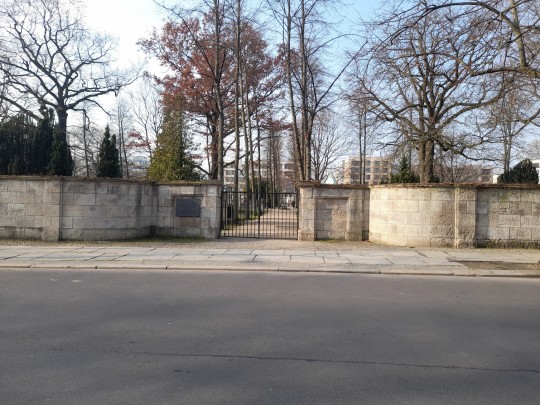


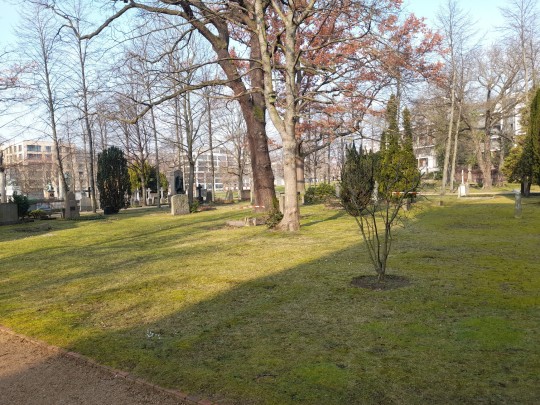
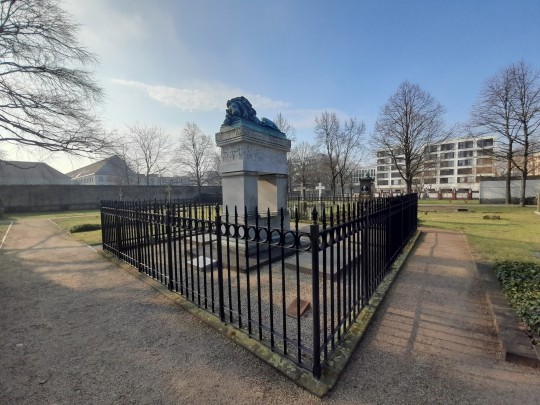
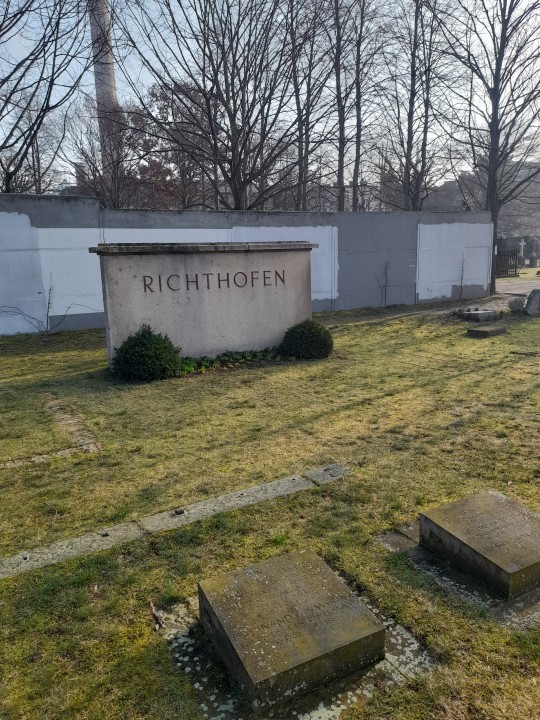




Some photos from the Invalidenfriedhof in Berlin, which I visited last weekend.
1 note
·
View note
Text
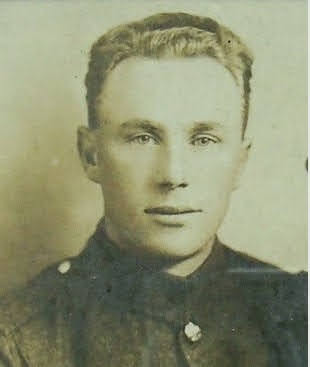
"25th February 1956 - UK. Patrick Barrett died in Plymouth. 10536 Private Patrick Barrett served in the 2nd Battalion, Royal Irish Regiment from 29th July 1912 to 25th August1919. He served in France from August 1914 until he was taken POWon 21st March 1918. Barrett died in Plymouth of natural causes on 25th February 1956, age 61. Born in Dungarvan, Co. Waterford on 11th March 1894, Patrick married Elizabeth Luscombe in Plymouth on 7th April 1916. In the last years of his life the couple ran the Camel's Head Inn in Plymouth.
Credit; livesofthefirstworldwar.iwm.org.uk/lifestory/216383"
0 notes
Text
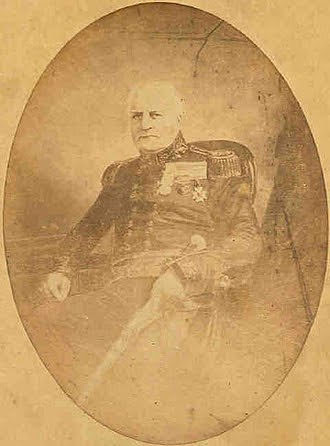
26th February 1777
Birth of Lieutenant-General George Burrell. He was Colonel of the 18th Royal Irish in the First China War, although he commanded a Brigade during the war rather than his regiment.
Burrell was born in Northumberland and served in the 15th Foot and 90th Foot during the Peninsular War and the War of 1812. He was commissioned a Colonel in the Royal Irish in 1830 and served with it in Ceylon and India before going to China. His son William also served in China with the Royal Irish.
Burrell died in Northumberland on 4th January 1853.
https://en.wikipedia.org/wiki/George_Burrell_(British_Army_officer)
0 notes
Text

24th February 1915 - Western Front
Lieutenant Philip Maurice Ramsay Anderson, Royal Irish Regiment, was the eldest son of Mr. R. A. Anderson, of the Irish Agricultural Organisation Society, and Mary Teresa Anderson of 1, Earlsfort Mansions, Dublin. The family was from Buttevant, Co. Cork. At the outbreak of the war Anderson was working in Argentina. He returned home immediately and joined King Edward’s Horse and then applied for and received a commission in the Royal Irish Regiment, in which his brother Alan had served in the 2nd Battalion. Alan Anderson was killed at Le Pilly in October 1914. Second Lieutenant Philip Anderson was severely wounded in action on 14th February 1915, and died of wounds ten days later on 24th February, age 26. The Anderson brothers are commemorated on the war memorial at Bedford School.
https://ourheroes.southdublin.ie/Serviceman/Show/17573
0 notes
Text

22nd February 1801 - Turkey. A force commanded by Sir Ralph Abercromby set sail from Marmorice Bay on the coast of modern-day Turkey. Their mission was the invasion of Egypt. Abercromby anchored off Aboukir Bay eight days later. The 18th Regiment, commanded by Lieutenant-Colonel Henry Montresor, were in the 2nd Brigade commanded by Major-General Cradock along with the 8th, 13th and 90th Regiments of Foot. Second in command of the army was John Hely-Hutchinson, a future Colonel of the 18th Foot.
#18thfoot #royalirishregiment #egypt
https://en.wikipedia.org/wiki/Henry_Montresor
1 note
·
View note
Text

23rd February 1794
- England.
Death of General Sir John Sebright, Colonel of the Regiment.
Sir John Saunders Sebright was the 6th Baronet of Besford, Worcestershire. Born on 19th October 1725, he was the second son of Sir Thomas Saunders Sebright, 4th Baronet, and Henrietta Dashwood. He succeeded to the family title on the death of his older brother Thomas in 1761..
Sebright’s military career began when he purchased a commission as an Ensign in the 1st Foot Guards (Grenadier Guards) on 18th April 1741. He was promoted Lieutenant in 1743 and Captain in 1749. In 1758 Sebright was appointed Colonel of the 83rd Foot, a regiment that began life as Sebright’s Invalids. In 1760, Sebright became Colonel of the 52nd Foot and on 1st April 1762, by which time he was a Major-General, he became Colonel of the 18th Royal Irish.
By this time, the Colonel of a Regiment was largely a ceremonial role and the Colonel was appointed by the King (or Queen). The Colonel was not expected to serve with his Regiment and Sebright never served with the Royal Irish although he remained its Colonel until his death on 23rd February 1794.
Photo Credit
http://www.18royalirish.net/commanders.shtml
2 notes
·
View notes
Text

Lieutenant Colonel Charlton Dawson, 18th Royal Irish Regiment. The second son of George Pelsant Dawson, of Arborfield, Berkshire, Charlton Dawson was an Ensign when he arrived in New Zealand in 1863 with the 2nd Battalion, 18th Foot. He had purchased his commission in 1859. Dawson married Maria Louisa Greenway, only daughter of Christopher Greenway, of Auckland, on 23rd October 1866 at Parnell, Auckland. The couple lived in Auckland where their son, George Greenway Henry Dawson was born in 1867. The family left New Zealand three years later when the Royal Irish were posted back to the UK. George died of diptheria in Colchester, England in 1875, age 8. In 1877 Dawson was appointed Adjutant of the Kilkenny Fusiliers Militia, a post he held until his retirement in 1881. On his retirement Dawson was appointed Brevet Major, and granted the rank of Honorary Lieutenant-Colonel. The Dawsons returned to New Zealand and established a home at Ellerslie. In 1885 Lieutenant-Colonel Dawson was appointed to the School of Instruction for examination of officers of the Volunteers and Militia, Auckland District. He died at his home, 'Arborfield', on 25 February 1905 aged 68 years.
Photo Credit; https://digitalnz.org/records/39020598
#18thfoot #royalirishregiment #newzealand #maoriwars
0 notes
Text


14th February 1915 - Western Front
William Hawtrey White, killed in action on this day in 1915, was born at 22, Leeson Park, Dublin on 23rd March 1872 the son of the Reverend James White and his wife Letitia, nee Crawford. The Whites originated in Co. Wexford.
William White was commissioned in the Royal Irish Regiment on 19th October 1892, promoted Lieutenant on 2nd July 1894, Captain on 18th November 1899 and Major on 13th August 1910. He took part in the Tirah Campaign on the North-West Frontier of India in 1897-98, receiving the India Medal with two clasps. White also served in the South African War, 1899-1902, for which he received the Queen's Medal with three clasps and King's Medal with two clasps.
White married Muriel Braddon in 1911. The marriage was reported in The Times on 30th August. Muriel was the daughter of Major William Braddon, of Skisdon, Cornwall. William and Muriel had two daughters.
Photo 2 is an early photograph of then Lieutenant William White from about 1898.
#18thfoot #royalirishregiment #ww1 #greatwar #westernfront #steloi #tirah #southafrica #india
1 note
·
View note
Photo

The coat of arms of the German Empire, 1888 – 1918.
254 notes
·
View notes
